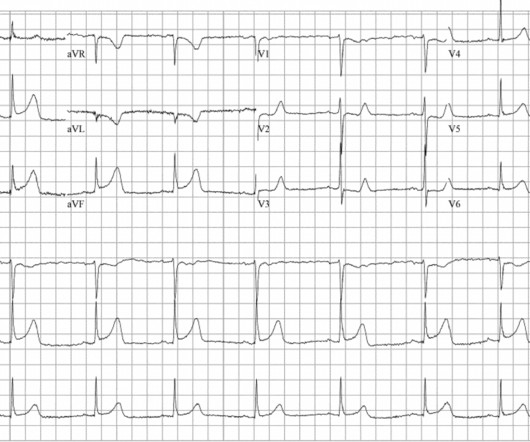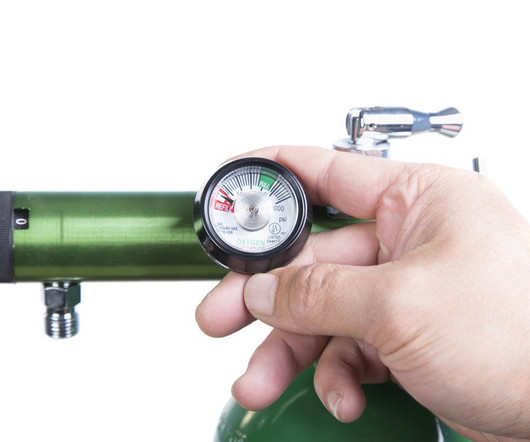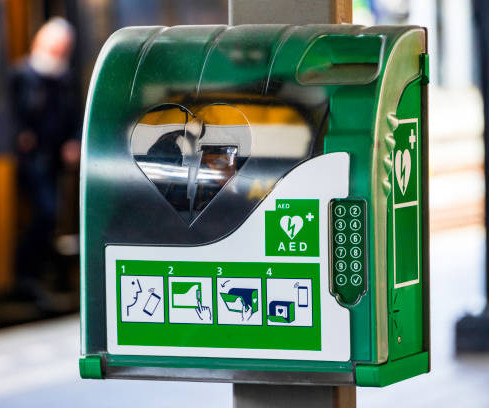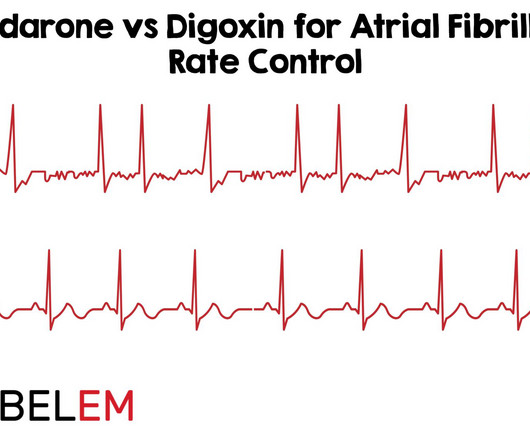Intraosseous vs intravenous access: which is better during resuscitation?
PulmCCM
NOVEMBER 7, 2024
For out-of-hospital cardiac arrest in particular, intravenous access can be difficult to establish, delaying the administration of epinephrine and other drugs and possibly worsening outcomes. Are intraosseous devices superior to peripheral IVs for vascular access during resuscitation attempts? Read more
















































Let's personalize your content